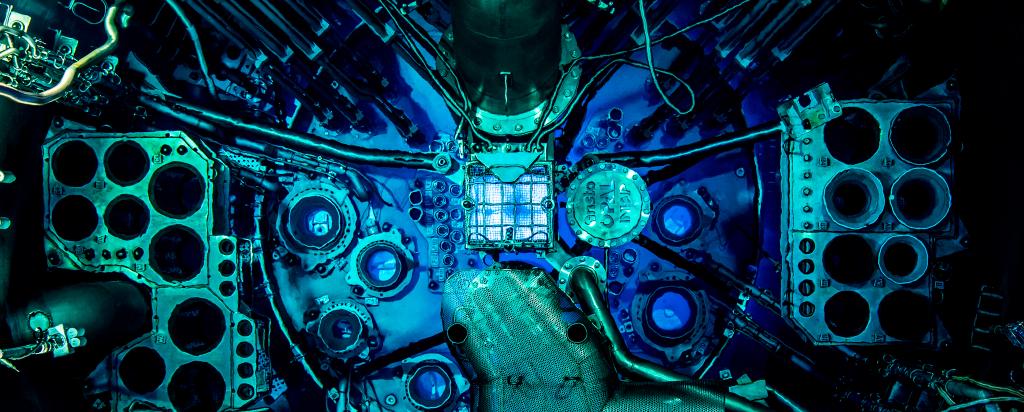Its dreamingAnd the US Virginia class as an option has been dragged back into the conversation by Tom Lewis at Naval Institute. Even suggesting asking the US if we can build them ourselves.
Sorry been inactive for a while but going to Virginia class is one heck of a size increase despite how much I like the sub.
Please tell me this is dream fleet thinking again on Tom Lewis's part.
Virginia-class nuclear subs a better option | The Australian Naval Institute
navalinstitute.com.au
- US has no "spare" capacity to build any other nations Virginia submarines. They have a shortage themselves. They currently want the USN to have more Virginia subs, not less. Good luck convincing the USN not to get the subs its needs and is funded to get. Joe Biden Wants To Spend Big On U.S. Navy Submarines
- Virginia has a significantly larger crew size. 135. Collins originally operated with 42 + 12 trainees, and now operates with 58. So really it more like tripling the crew requirement. So we go from 6 subs to being able to crew 2, and that is excluding any issue where you are going to get nuclear techs from. You need a pipeline for those. How many masters level physics students studying do you think Australia has? Look at your fingers, that is how many. How many are Australian citizens? How many are eligible? How many are interested in serving in Subs?
- Virginia is significantly more expensive. You can't compare a program to build 66 submarines in one country to building 3 in another.
- Virginia is significantly larger and more complex. Nearly 8000t verse ~4500t.
- Sub building is a hard enough project as is. You want to add a nuclear propulsion component to that? More money, more time, more of everything.
- We have never done a nuclear power anything in this country. We have one research reactor, in Sydney. No other city in Australia has any other significant nuclear facility at all. You won't just be fighting the hippies, you will be fighting the coal lobby, the local councils, the gas industry etc.
- The performance gap between SSN's and conventional is shrinking.
- Whole life cost of SSN's is terrifying. You build the sub once to make it, you then have very similar costs to disassemble it once its life is up. UK has not completely scrapped any nuclear submarines in its entire history.
Same reason the 214 can never be considered. Because transiting at 5 kts is not going to make them relevant for Australia, unless they are based out of Japan. Also, Japan has no spare capacity to build submarines, they are currently trying to increase the number they operate. For obvious reasons. They are fantastic for Japan. They sail out and are effectively in theatre as soon as they untie their moorings.Why is the Japanese option not considered for Plan B? They were (reportedly) highly rated during the selection.
Last edited:

